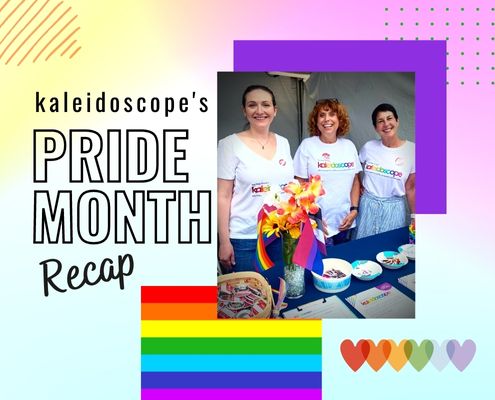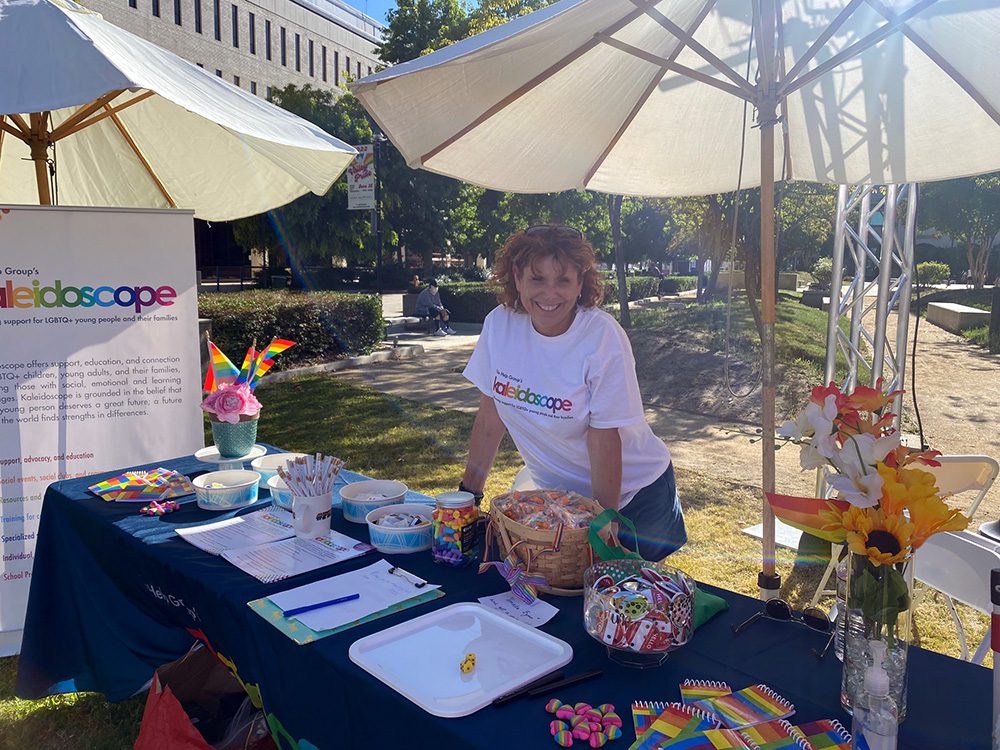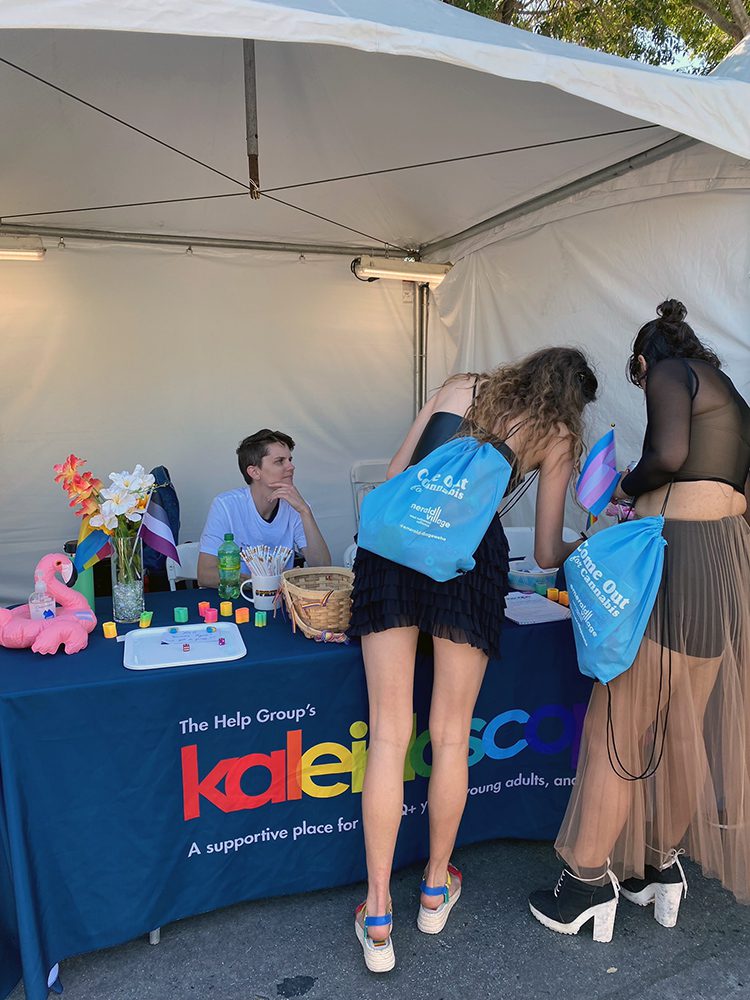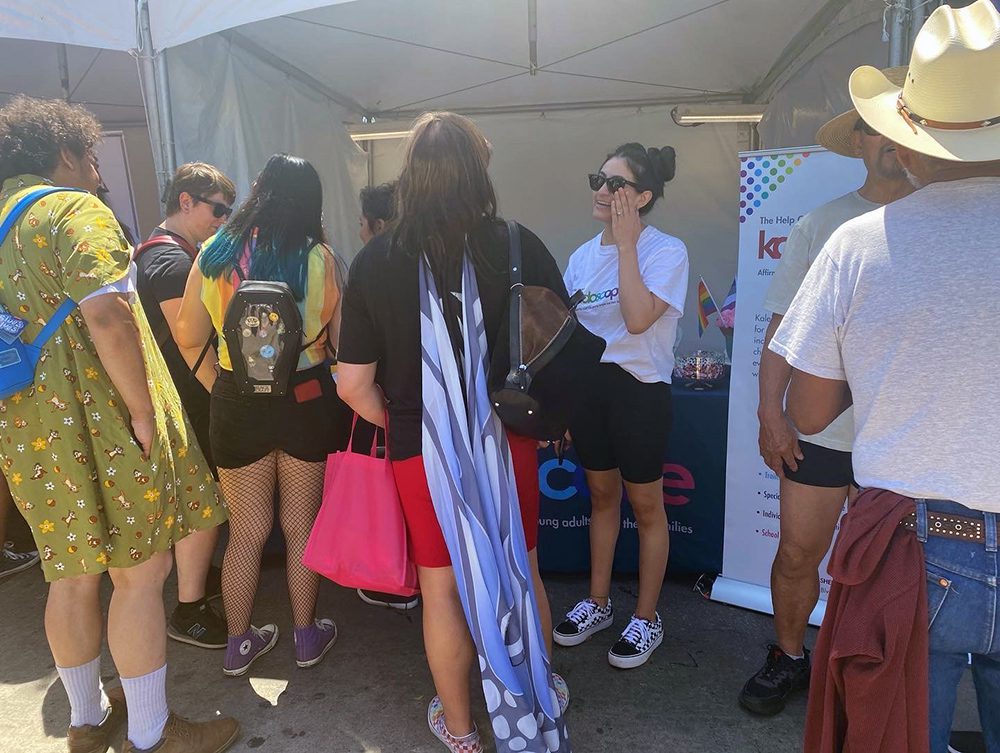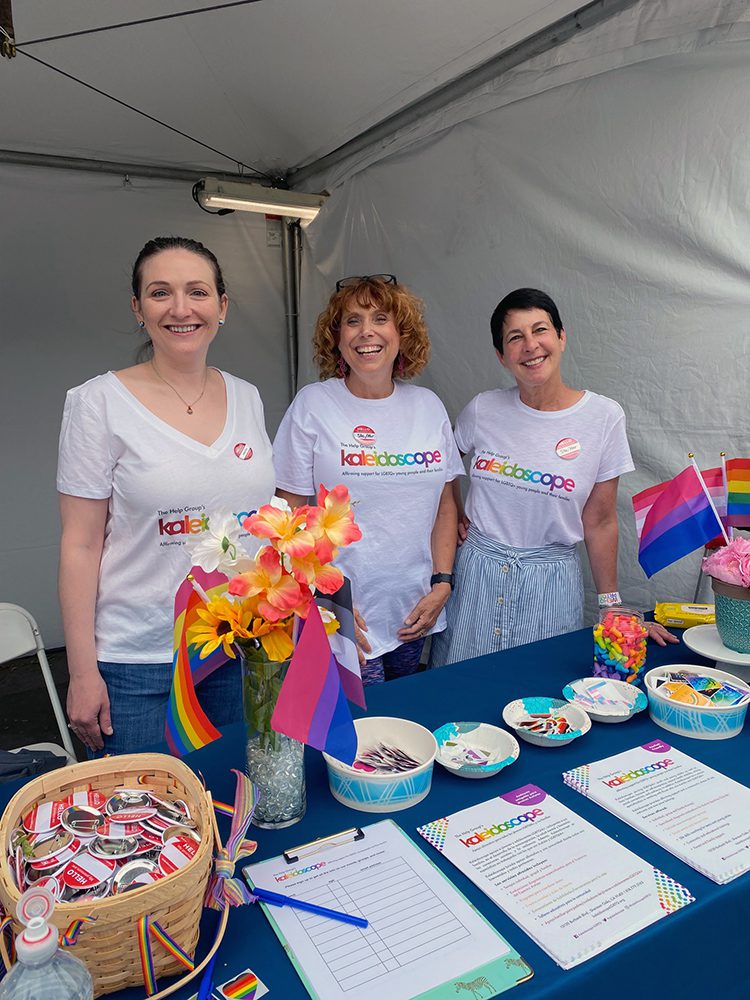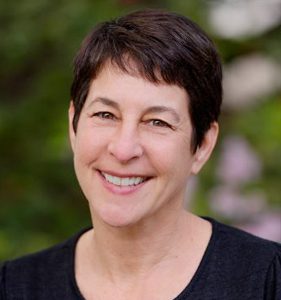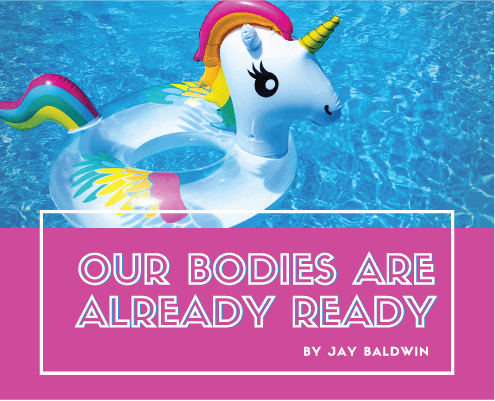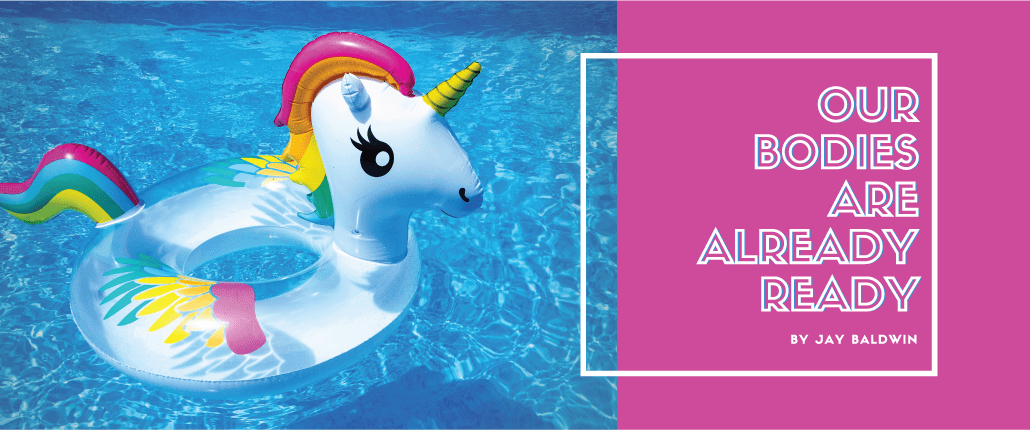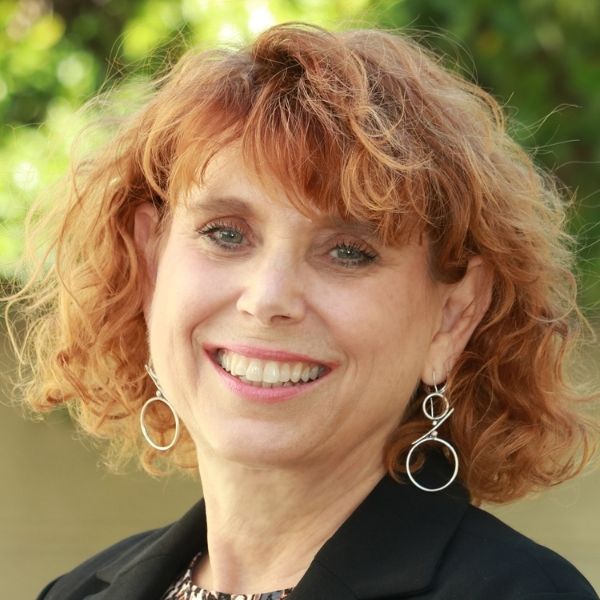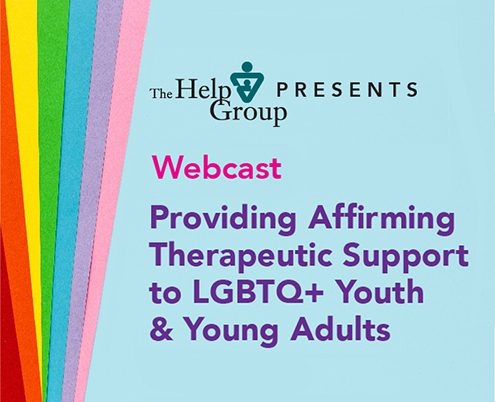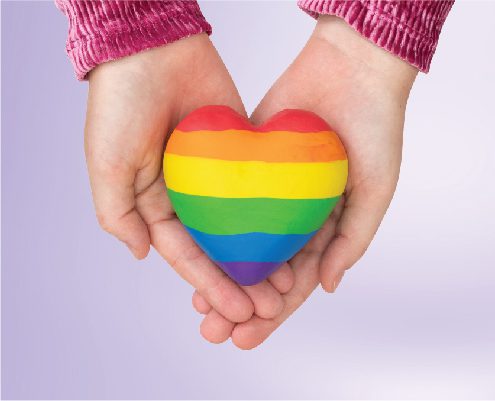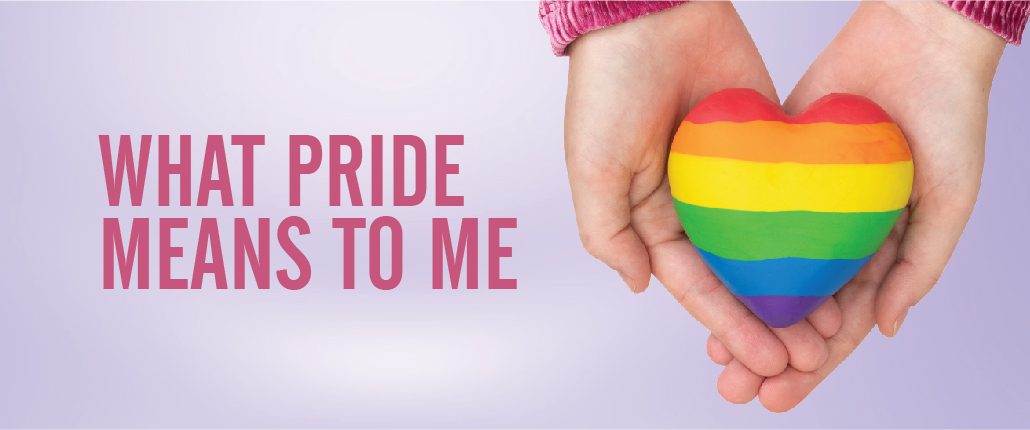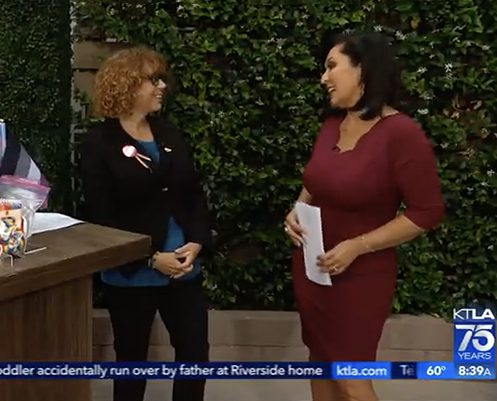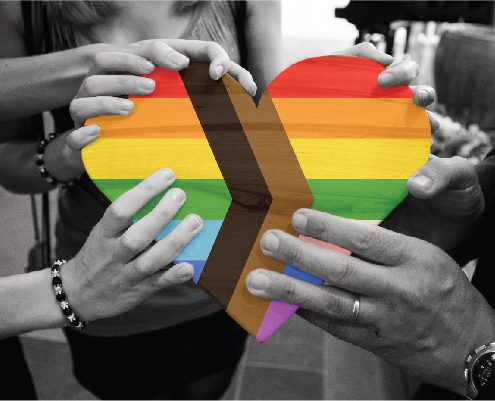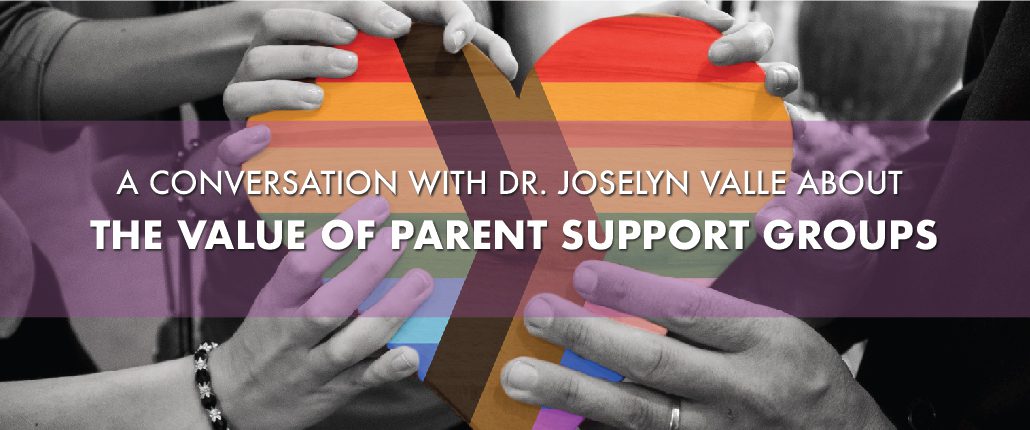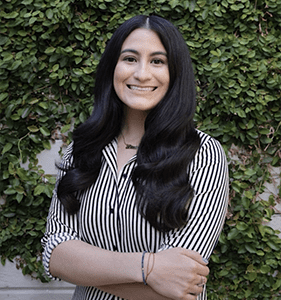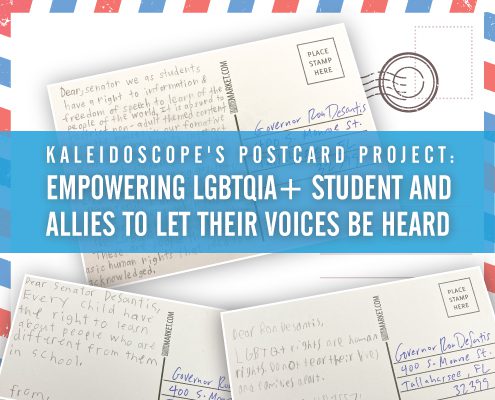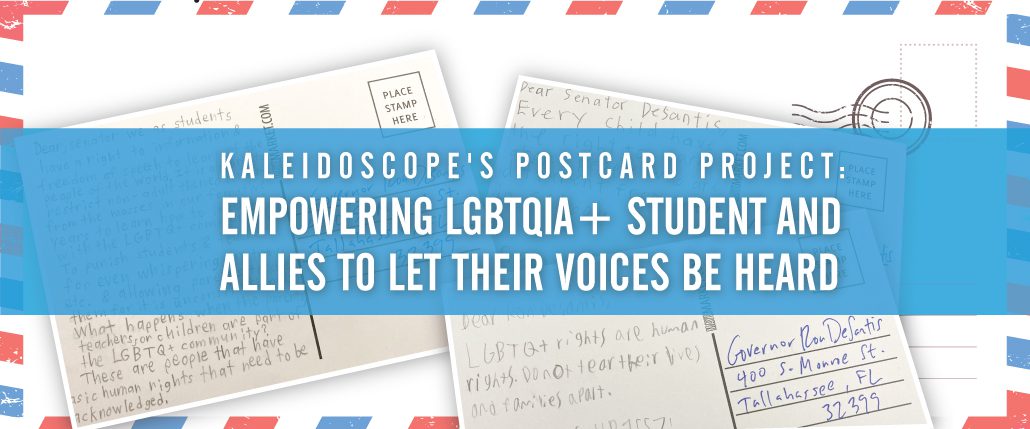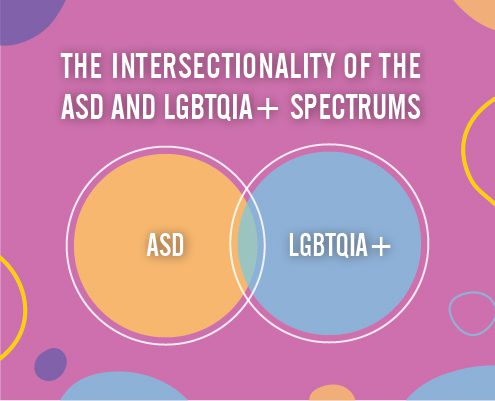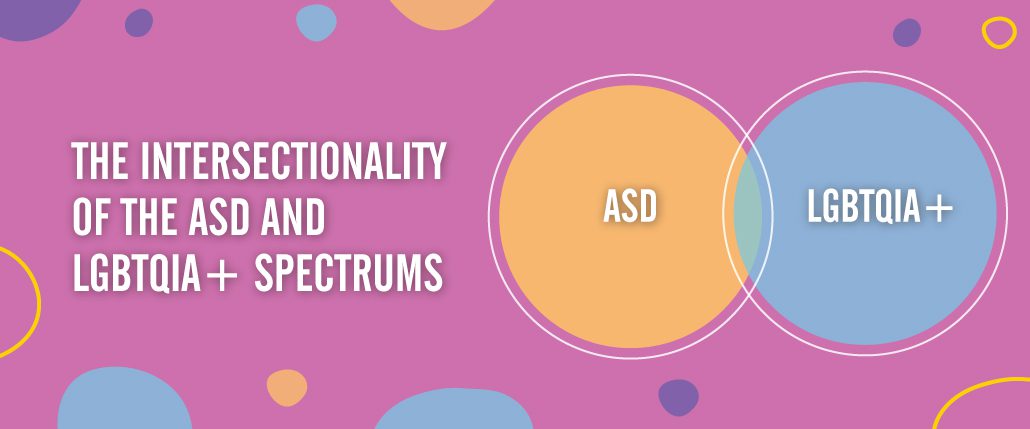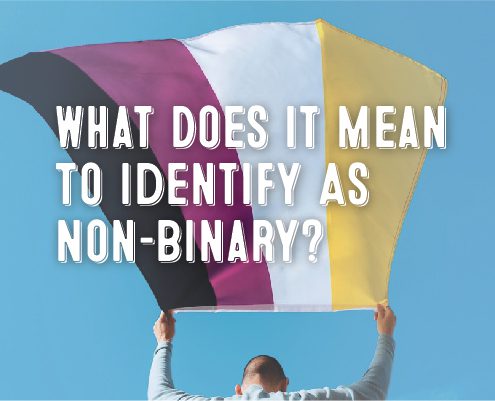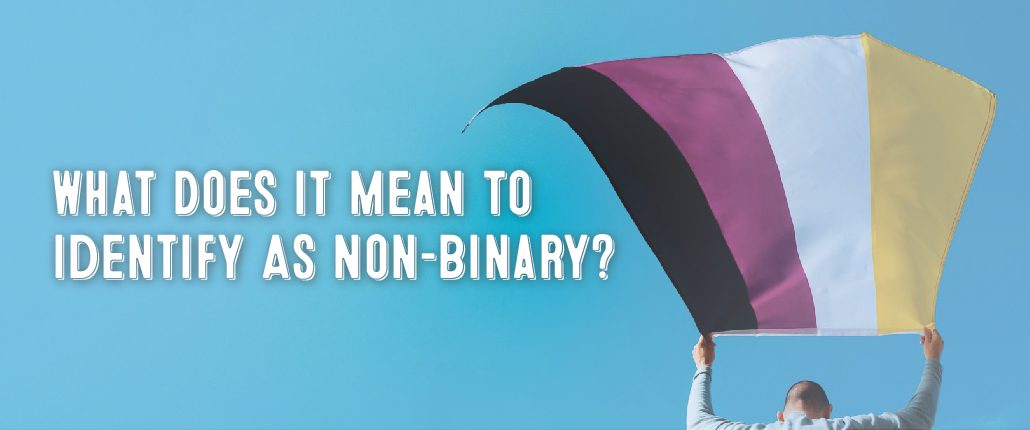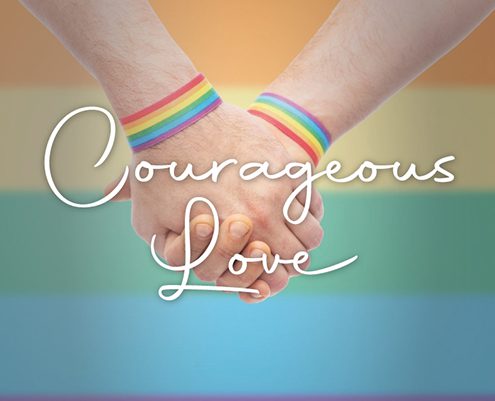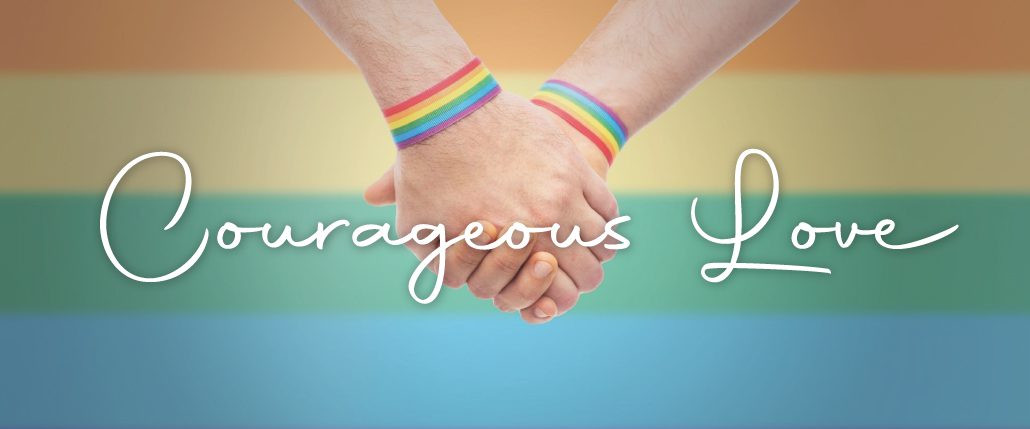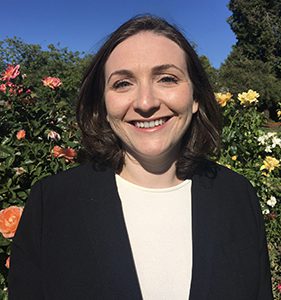Pride Month 2022 Recap

Pride Month 2022 Recap
All of us at Kaleidoscope so enjoyed Pride Month 2022. June was a busy month for us and we thoroughly enjoyed participating in so many joyful Pride events.
We kicked off our month with Pasadena’s DCFS LGBTQIA+ Resource Fair on June 1st. It was a true pleasure to share information about our program with the many wonderful DCFS staff who attended the Resource Fair, and we appreciated their interest in our program.
Our next event was the fabulous WeHo Pride Street Festival and Parade on June 4th and 5th. The atmosphere during this weekend was positive, upbeat, and inclusive. The LGBTQIA+ community and their allies brought the fun and everyone was in a great mood. We gave rainbow striped notepads, erasers and lanyards to the folks visiting our booth and we were told our unique pronoun pins were the most popular give-away at the event.
The celebration continued at LA Pride on June 11th. We were truly honored to be a beneficiary of Cheer LA’s fundraising. Cheer LA is an active group of volunteers seeking to promote awareness, spirit, and diversity in the LGBTQIA+ community through dynamic cheer, dance, and stunt performances. Kaleidoscope is thrilled and grateful to receive over $1000 from Cheer LA.
We wrapped up June with one last event, the San Fernando Valley Pride Party on June 25. This family event, held at the Van Nuys Civic Center, was filled with joy, pride, and lots of karaoke!
In addition to attending Pride events, we provided two training sessions for the staff at Muskingum Health Center in Zanesville, Ohio. Muskingum Behavioral Health offers compassionate and effective counseling, prevention and recovery services along with recovery housing. Our Kaleidoscope team members provided a “LGBTQIA+ 101” training to the staff and a “Best LGBTQIA+ Practices for Clinicians” for their clinical staff.
We provided one training session and facilitated three candid conversations for the Segal Benz corporation. We received feedback that these sessions were transformative for the attendees and Segal Benz said they were so thrilled with the Kaleidoscope presenters that they booked their 2023 with us!
And to round out the month, Kaleidoscope provided a webcast on June 7th titled, “Providing Affirming Therapeutic Support to LGBTQIA+ Youth and Young Adults.” This free webcast offered practical strategies and suggestions for mental health professionals, educators, parents, allies, and the community at large. If you missed it or would like to re-watch it, please click here for the recording.
All in all, it was a fun and productive month. If you would like to lend your support to The Help Group’s Kaleidoscope program, please donate here.
Happy Pride everybody!
